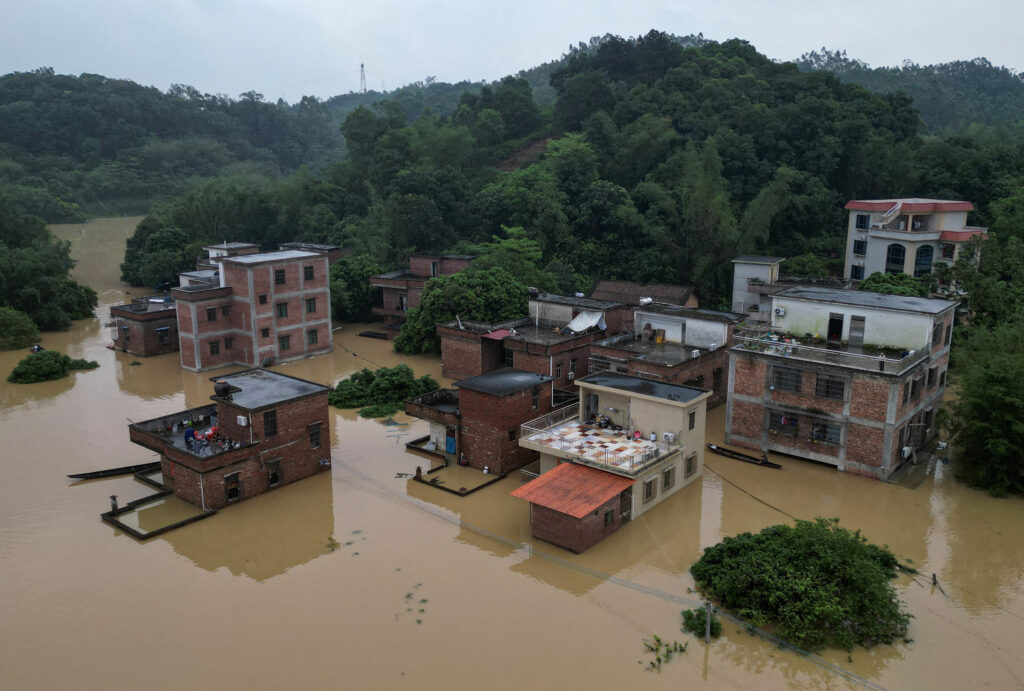
Nearly 200 countries are set to negotiate a new global goal for climate change funding at this year’s U.N. COP29 climate summit in November in Baku, Azerbaijan. Preparatory talks in Bonn, Germany, have revealed significant disagreements among nations regarding financial responsibilities and contributions.
What is Being Discussed?
Climate finance involves financial support from large economies to help poorer countries invest in projects that curb greenhouse gas emissions and adapt to extreme weather caused by climate change. In 2009, developed countries pledged to provide $100 billion annually from 2020 to 2025. The goal for COP29 is to set a new funding target beyond 2025.
How Much is Needed?
The financial requirements have dramatically increased due to worsening climate impacts and insufficient clean energy investments in developing nations. A 2023 report estimated that $2.4 trillion per year is needed by 2030 for developing countries (excluding China) to meet climate goals and protect against extreme weather. This figure includes public finance, private finance, and contributions from development banks.
Proposed Funding Targets
Ahead of COP29, various groups have proposed new targets:
- The Arab group, including Saudi Arabia, the UAE, and Egypt, suggests $1.1 trillion annually, with $441 billion coming directly from developed country governments in grants.
- India, African countries, and small island nations also advocate for raising over $1 trillion per year, with differing views on the proportion from government sources.
Negotiations are considering a two-tier goal: a larger overall target encompassing all climate finance sources, and a smaller core target for public funds from wealthy governments.
Who Pays?
Currently, only a few dozen wealthy countries are required to provide climate finance, based on a list established in 1992. The EU and U.S. argue this list is outdated and propose including new donors such as China, Qatar, Singapore, and the UAE. China strongly opposes this, making the question of which countries should pay a central issue at COP29.
Climate Finance Composition
Most public climate finance today consists of loans, with a smaller share of grants. Some negotiators, especially from small island nations, argue that loans at market rates and export credits should not count as climate finance, as they increase debt burdens on poorer countries. There are also discussions about including commitments to reduce fossil fuel subsidies in the climate finance goal, a proposal resisted by oil and gas producers.
Innovative Funding Ideas
With public budgets under strain, countries are exploring new funding sources, including:
- Taxes on the fossil fuel and defense sectors.
- Debt swaps, where part of a country’s debt is forgiven in exchange for increased investment in climate initiatives.
Conclusion
The upcoming COP29 summit will address the critical issue of climate finance, aiming to set a new funding target and resolve disagreements over financial responsibilities. The decisions made will significantly impact global efforts to combat climate change and support vulnerable nations.
Related Articles
Devastating Flash Floods Strike Afghanistan
Death Toll Rises to 41 in Indonesia’s Flood and Volcanic Mud Flows
Brazil floods raise specter of climate migration
Tragedy Strikes Amidst Texas Floods
Catastrophic Flooding Devastates Southern Brazil
Subscribe to Follow Global Trends for daily global news
Make Money Online Working Remotely
To Advertise, send a mail to advertise@followglobaltrends.com
Find Out How To Make Money As A Full Time Writer/Blogger
Written By Joe Brens


